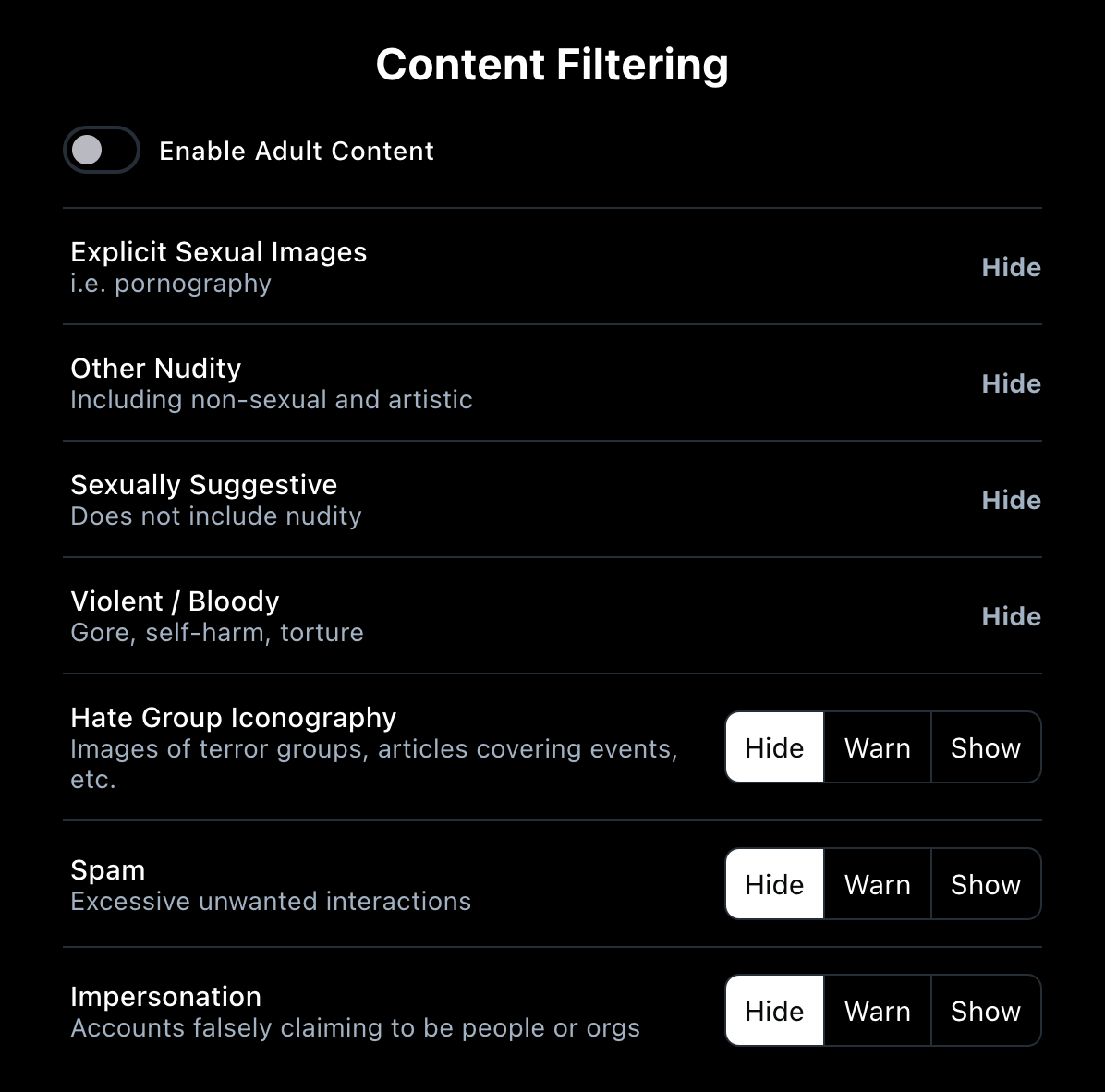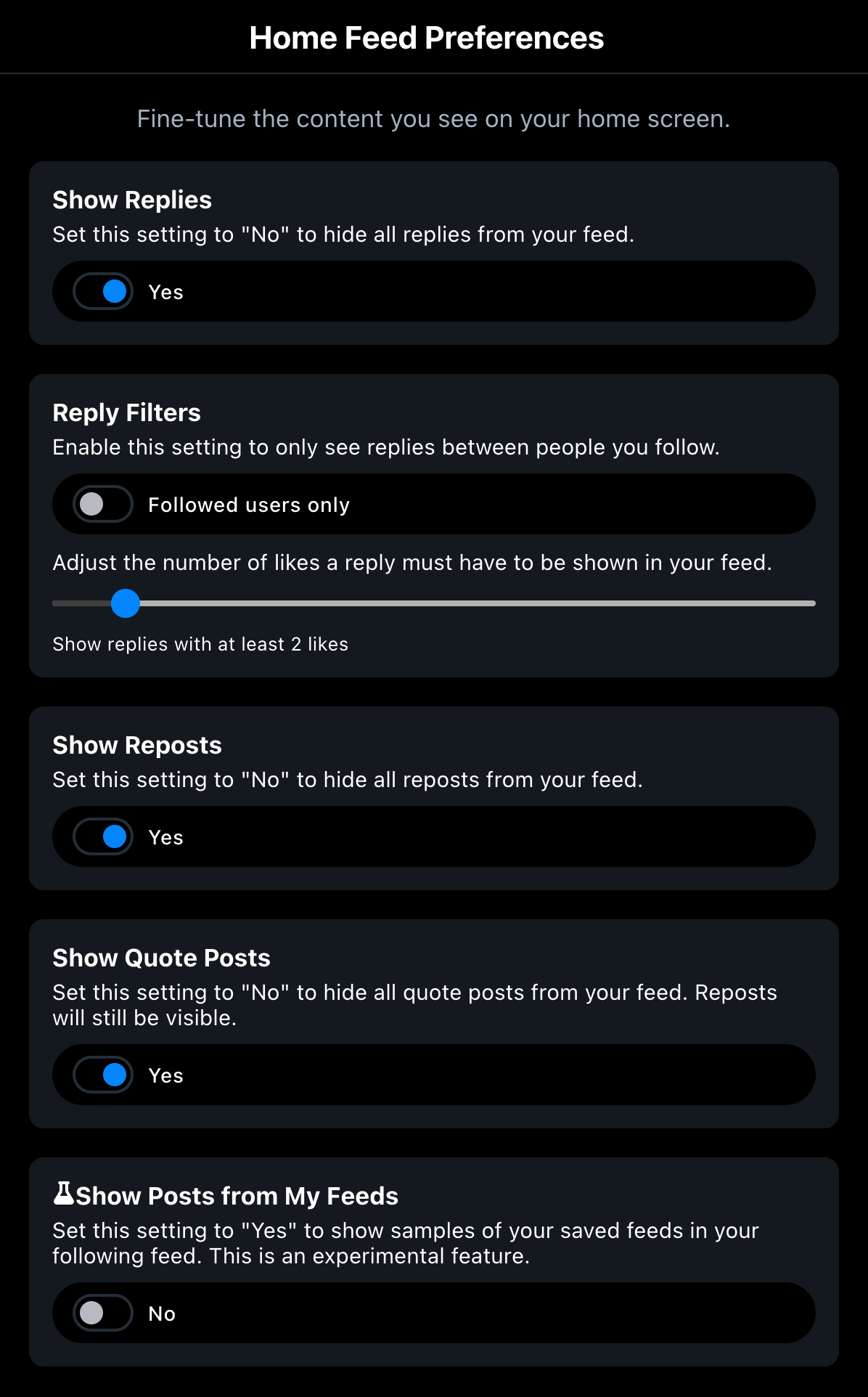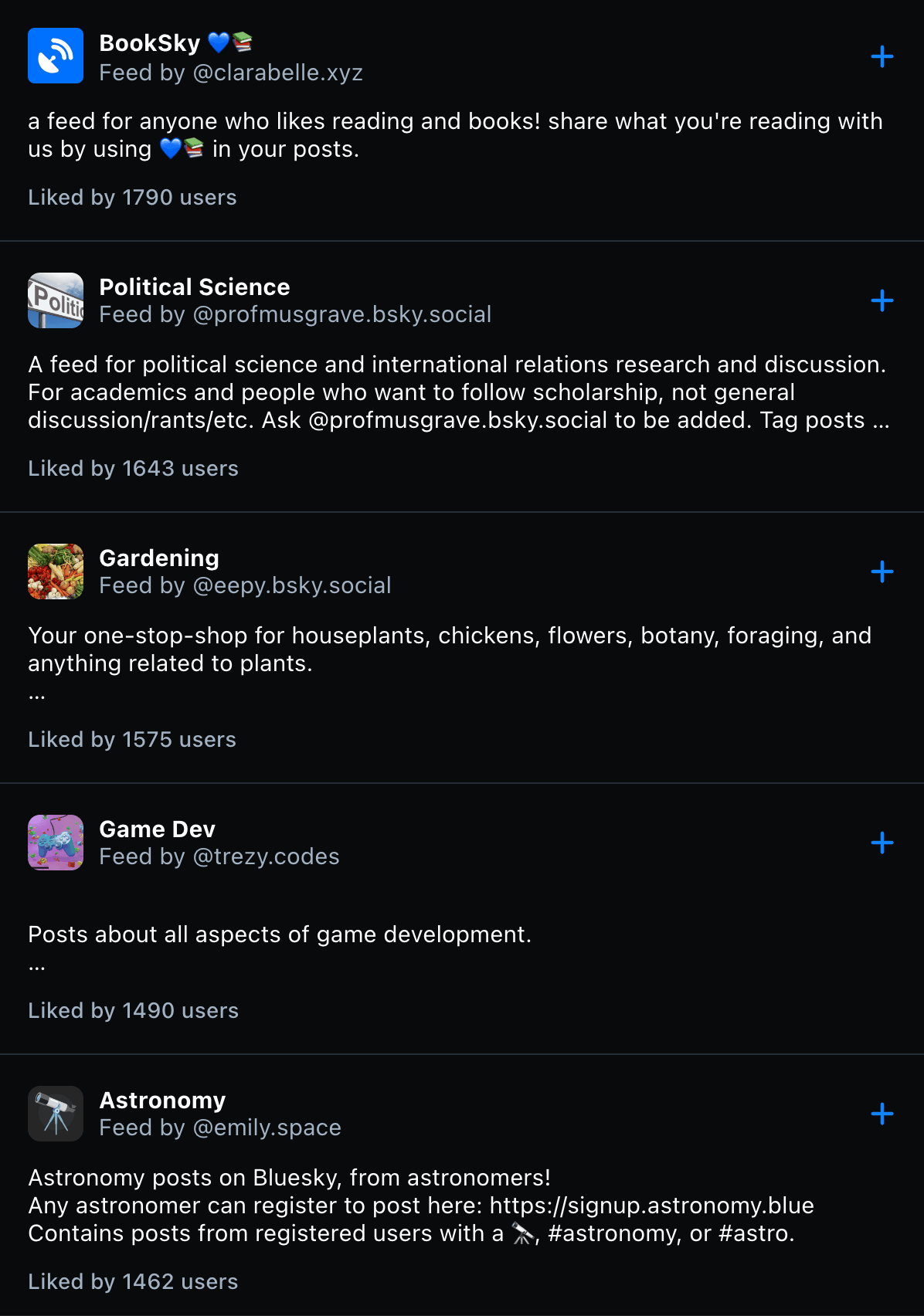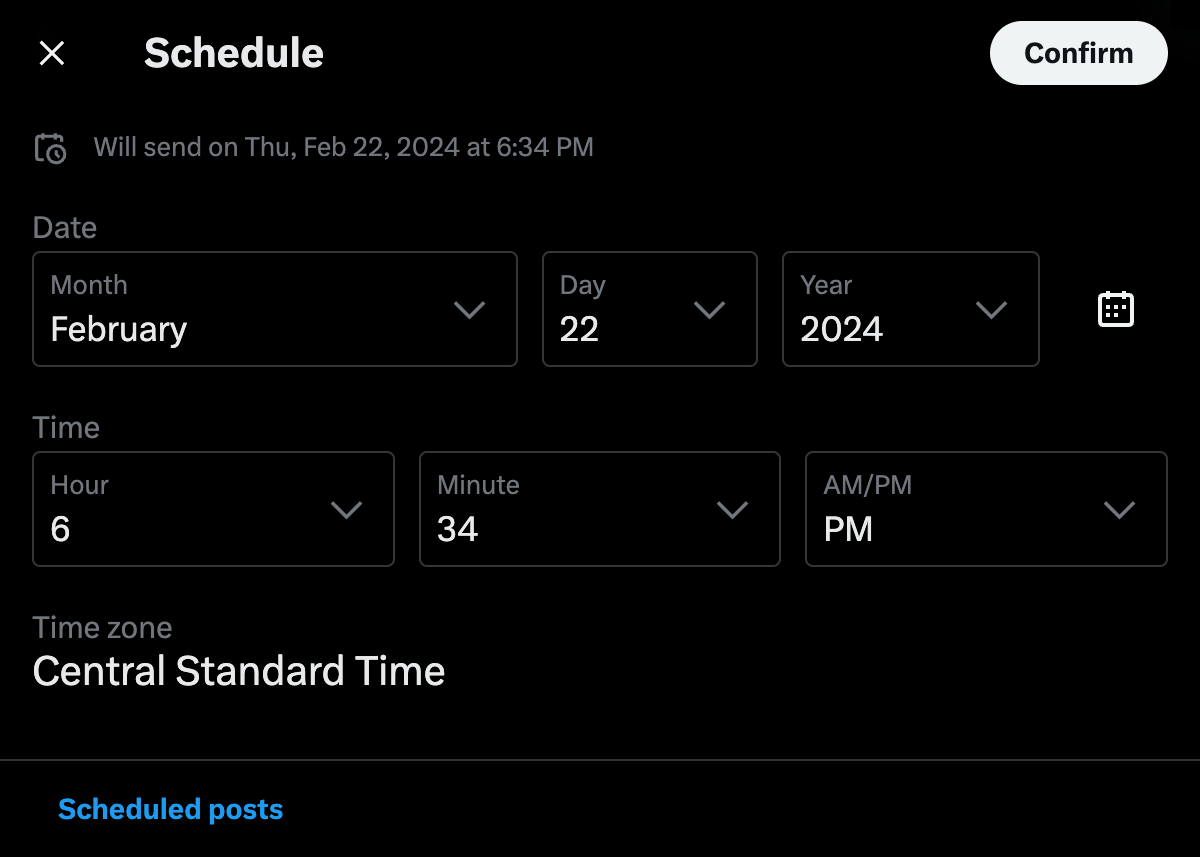Bluesky Is Finally Open for Everyone. Here’s What You Should Know.

Even if you’re social media-savvy, you could be forgiven for forgetting about Bluesky given that (A) Meta launched Threads and (B) Bluesky was invite-only for the longest time. Notice that I said “was,” though. Earlier this month, Bluesky announced that it’s now open to the public, meaning you no longer need an invite code to sign up.
I joined Bluesky back in July 2023 — I’m @opus.ing, by the way, if you want to follow me — and have been using it pretty regularly ever since. At first blush, Bluesky is very X/Twitter-esque, especially when compared to Threads. Which isn’t too surprising since Bluesky was originally a Twitter initiative announced by former CEO Jack Dorsey back in 2019. (Bluesky has been officially independent of X/Twitter since 2022, however.)
On the one hand, that makes switching from X/Twitter pretty easy and painless. If you know how to use X/Twitter, then using Bluesky will feel like second nature. On the other hand, that similarity can highlight some of Bluesky’s deficiencies. More on that in a moment.
If you’re a brand new user, or even if you’ve been using it for awhile now, Bluesky boasts some features that can dramatically improve your experience.
Content Filtering and Preferences
For starters, Bluesky gives you a lot of control over the content you see. Although X/Twitter lets you pick whether or not you see “sensitive” content, Bluesky gives you more granular control over stuff like explicit sexual images, violent content, and even hate group iconography.

Like X/Twitter, you can mute and block accounts. (Muting an account means you won’t see any notifications or top-level posts from it while blocking prevents any interaction whatsoever between you and the account.) You can also fine-tune your home feed, including whether or not you see reposts and quote posts, and even when replies appear in your feed.

Regarding content moderation, Bluesky has also announced something called “stackable moderation services,” which will allow “organizations and people to run their own moderation services that can account for industry-specific knowledge or specific cultural norms.” More:
One potential use case for labeling is fact-checking. For example, a fact-checking organization can run a labeling service and mark posts as “partially false,” “misleading,” or other categories. Then, users who trust this organization can subscribe to their labels. As the user scrolls through posts in the app, any labels that the fact-checking organization publishes will be visible on the post itself. This helps in the effective distribution of the fact-check and keeps users better informed.
If you’re frustrated with X/Twitter’s increasing lack of content moderation (community notes notwithstanding), then this could look very promising. It’s certainly in-line with Bluesky’s emphasis on decentralization, that is, the idea that Bluesky won’t be just a single social network, but rather, a “network of networks” that users are free to join and leave at will. It doesn’t, however, absolve Bluesky of their own content moderation duties, be it dealing with harassment or taking down and reporting child sexual abuse material. (Back in April 2023, Sol Messing highlighted some potential difficulties presented by Bluesky’s decentralized approach to content moderation.)
Pick Your Algorithm with Custom Feeds
One of Bluesky’s biggest features is the ability to subscribe to and switch between multiple custom feeds, which “allows you to pick the algorithm that powers your social media experience.” It’s somewhat analogous to X/Twitter’s topics and interests, but whereas X/Twitter determines the list of selectable topics, Bluesky allows feed creators themselves to specify the criteria that determines which posts appear in a feed. A custom feed might only display posts that contain a certain keyword or even emoji, or come from a manually curated list of accounts.

Users can browse Bluesky’s feed directory and subscribe to any that pique their curiosity. While subscribing to feeds is just a click, creating feeds is far less user-friendly. You currently have to use a special feed generator tool, though Bluesky claims that non-developers will eventually be able to create custom feeds, as well. (You can supposedly create custom feeds with a third-party tool called SkyFeed, though I haven’t tried it myself.)
Which brings me to my first criticism. Although it’s now open to everyone, there’s a lingering sense that Bluesky’s most powerful features — like custom feeds and self-hosted Bluesky servers — are still the domain of developers.
Consider Bluesky’s goal of decentralization. It’s a cool idea that opens up some interesting possibilities for moderating content and creating online communities. The truth, however, is that most people probably won’t care. Indeed, I suspect that even explaining decentralization to many “non-developer” users might actually make them want to use Bluesky less simply because it sounds more complicated than X/Twitter, Threads, et al.
Most people join social networks because they want to connect with their friends and other interesting people, share their thoughts, and read interesting/entertaining content. They don’t want to figure out protocols or sort through federated networks to find “the right one.” As Bluesky moves forward with decentralization, one challenge will be communicating to non-developers why they should care about it while at the same time, making it easy to use effectively.
Bluesky’s “developer-ness” also carries through to its web UI. Although certainly serviceable and usable, it looks like it was designed by developers who were directed to copy X/Twitter. As such, it lacks some refinement. For example, the web UI’s CSS letter-spacing is inconsistent, if not unnecessary. Such letter-spacing might’ve been intended to make the web UI more readable. Instead, it looks awkward and ungainly. As for the web UI’s overly-convoluted HTML, I’ve already written at length about that.
What’s still missing from Bluesky?
As I wrote earlier, Bluesky’s similarity to X/Twitter makes it familiar and inviting but also highlights its deficiencies. Specifically, Bluesky currently lacks some features that still make X/Twitter relatively useful and fun. Specifically, Bluesky currently lacks hashtags, native GIF/video support, bookmarks, and scheduling.
To be fair, hashtags and native GIF/video support are in the works and to their credit, Bluesky is seeking to address some of the problems that currently plague hashtags. I appreciate such thoughtfulness, especially with regards to accessibility and moderation. Still, the fact remains that without hashtags, it can be hard to find the sort of content you want to read and follow on Bluesky. I certainly don’t miss irrelevant trending topics, but sometimes I do want to quickly see what people are saying about a particular movie, TV show, or other topic — which hashtags make possible.
Bookmarking posts is one of those features that I don’t really think about until it’s gone. I use it when collecting links for my weekend newsletter or simply because a post caught my eye but I don’t yet have the time to read it or look into it further. I could like or repost it so that it’s “saved” on my timeline, but that’s not always appropriate. I want to be intentional about what I share on social media; bookmarking posts allows me to revisit them at a later time and decide then if they’re worth sharing and promoting.
As for scheduling posts, selecting the date and time when a post is published might be considered a “power user” feature, but it’s one I frequently use on X/Twitter. It’s surprisingly handy, especially if you have a bunch of links that you want to sprinkle throughout the next few days. (For example, I often schedule posts on Christ and Pop Culture’s X/Twitter account.) I’d love to see something similar on Bluesky.

Finally, since I’m now moving into “wishlist” territory, minimal text formatting à la Micro.blog or GitHub would be really cool. There would be some technical issues to sort through (e.g., Do the characters used to add formatting count against a post’s 300-character limit?) and formatting options would need to be extremely limited (e.g., bold, italics, lists, blockquotes) to maintain consistency and limit potential abuse.
X/Twitter allows text formatting, but only for Premium subscribers. Making it available to all Bluesky users could engender good will and positive buzz with (relatively) minimal effort.
I’m a firm believer that users should have more platform options, not less. In light of X/Twitter’s self-immolation and Facebook’s history of privacy issues, Bluesky’s appeal is pretty obvious. I’d like to see it succeed and flourish, even as I fear that being invite-only for so long may have robbed it of some much-needed momentum. (As of this writing, Bluesky has 4.9 million users while Threads has 130 million users and X/Twitter has 368 – 550 million users, depending on who you ask.)
That said, I respect Bluesky for being thoughtful and methodical in its development, which is a refreshing change of pace from the “move fast and break things” ethos and “disruptor” mindset that are so often associated with modern tech development. It still remains to be seen if Bluesky will be able to achieve their lofty goals and maintain their commitment to openness, but so far, they appear to be heading (however slowly) in the right direction.